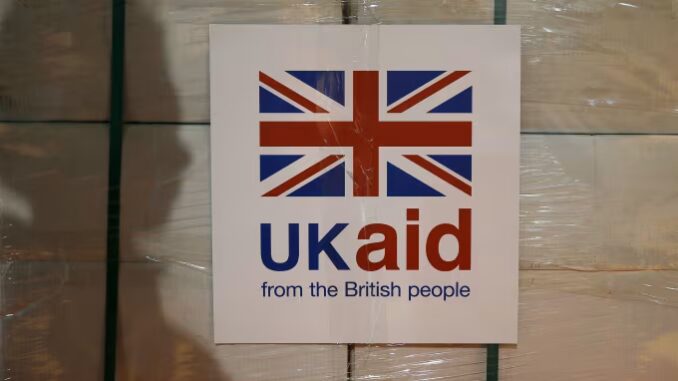
Analysis reveals that this year’s cuts to foreign aid by the UK, Germany, and Canada have worsened the harm caused by US cuts.

A crate of kitchen sets at a UK aid Disaster Response Center in Gloucestershire, England, has a UK aid
label on them. Alamy/PA Images London CNN — According to a new report from the Center for Global Development (CGD), Western nations have decreased their foreign aid budgets this year, and the cuts will get steeper in 2026. The countries that have cut the most include the United States, the United Kingdom, Germany, and Canada. The DC-based think tank’s report, which was exclusively provided to CNN, predicts that many poor countries will suffer “significant losses” as a result of the aid reduction. Nominally, Ethiopia is expected to lose the most aid, with Jordan, Afghanistan, and the Democratic Republic of the Congo also suffering significant losses.
The cut to foreign aid will also hurt smaller countries, with Lesotho, Micronesia, and Eswatini each losing about half of their aid. One of the report’s authors, Lee Crawfurd, told CNN that it is “igniting the bold ambitions to solve poverty and transform developing countries.” “The hardest-hit areas will be some of the world’s poorest and most vulnerable places.” Bilateral aid, or funds given directly to another nation instead of going via multilateral institutions like the World Bank or United Nations agencies, was projected for 2025 and 2026.
“The United States’ withdrawal will account for a significant portion of overall reduction in the coming years, rather of those from other nations. However, Crawfurd, a senior research fellow at the CGD, stated that these other nations are making matters worse. According to estimates, the UK’s aid cuts amount to a nearly 39% decrease in spending from 2023 levels. In the meantime, Germany is reducing its foreign aid expenditure by roughly 27%, Canada by 25%, and France by 19%. Since the Trump administration’s proposed budget and other government plans are still circulating through legislators, it is still uncertain how much help would really be eliminated. But there’s a good chance that some funds will be reduced.
Concerns regarding European governments comparing assistance expenditures to war spending have been voiced by numerous groups and humanitarian workers. According to Halima Begum, head of Oxfam GB, “cutting the already meager aid budget is a false economy and will only increase division and amounts to a betrayal of the world’s most vulnerable people.” “Placing national security interests against international cooperation to combat poverty in order to avoid tax increases is a false dichotomy.”
Bilateral aid is a “very small part of government budgets,” according to Crawfurd, and funds for security or defense may be found elsewhere. He went on, “It’s a choice… it’s a political choice.” “One striking takeaway is that some countries are projected to lose large amounts of ODA (official development assistance) simply because of who their main donors are – while others are projected to lose very little,” the think tank wrote in its analysis, describing it as a game of chance in which the losses do not equal the needs of the recipient country. For instance, Yemen’s bilateral financing is expected to decline by 19% from 2023, while Somalia, its “comparable” neighbor, is expected to lose almost 39%.
Leave a Reply